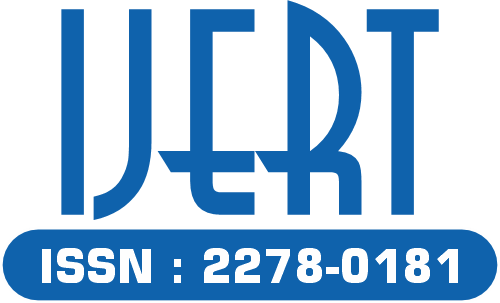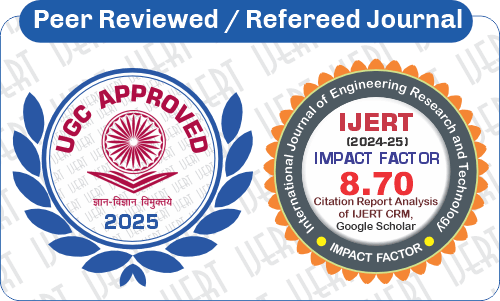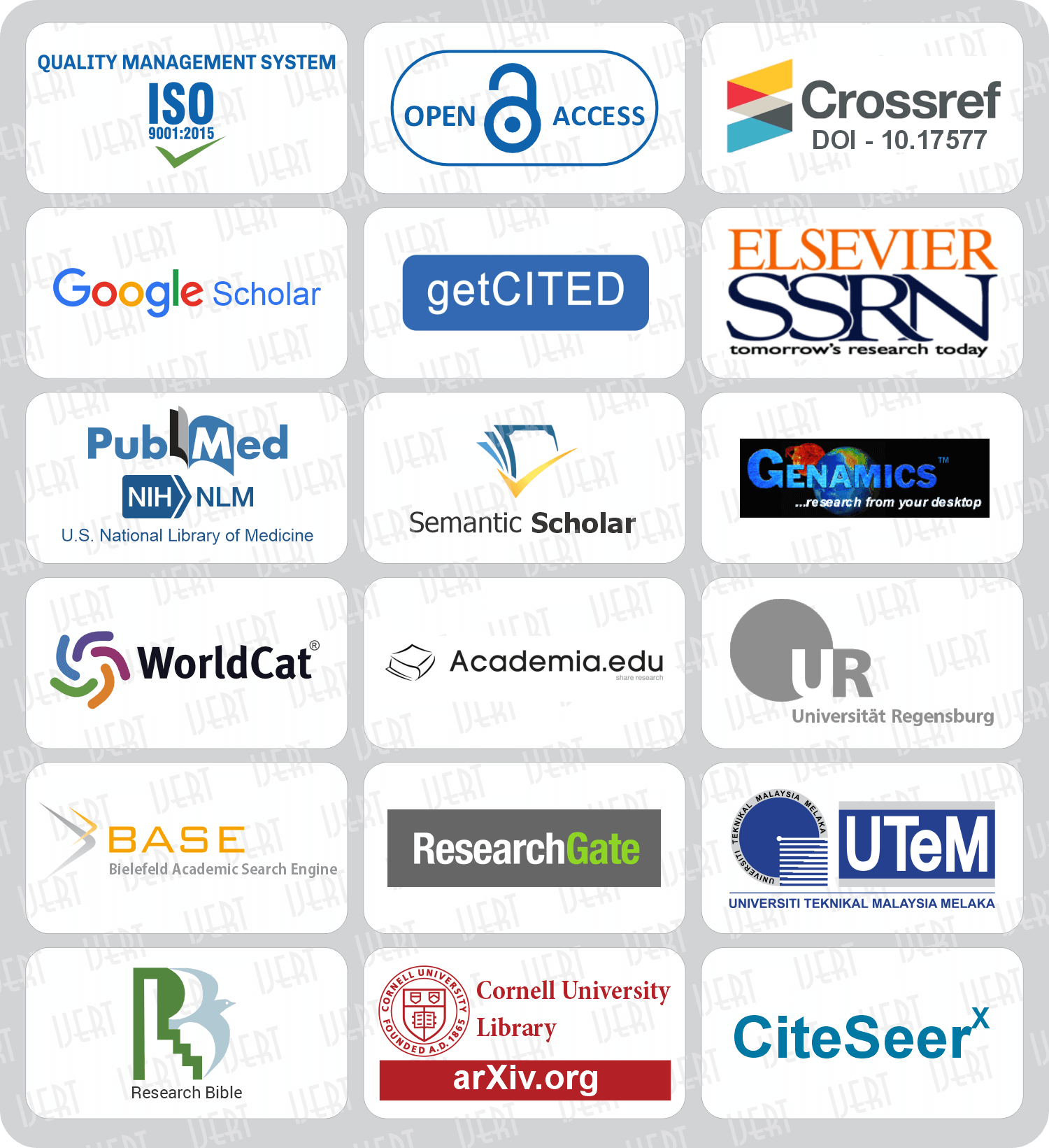 DOI : 10.17577/IJERTV6IS040289
DOI : 10.17577/IJERTV6IS040289
- Open Access

- Total Downloads : 219
- Authors : W. Sylvia Lilly Jebarani, J. Jananippriya, K. Bhuvaneswari
- Paper ID : IJERTV6IS040289
- Volume & Issue : Volume 06, Issue 04 (April 2017)
- DOI : http://dx.doi.org/10.17577/IJERTV6IS040289
- Published (First Online): 12-04-2017
- ISSN (Online) : 2278-0181
- Publisher Name : IJERT
- License:
 This work is licensed under a Creative Commons Attribution 4.0 International License
This work is licensed under a Creative Commons Attribution 4.0 International License
Contrast Enhancement of Underwater Hazed Images Captured Under Challenging Scenes
W. Sylvia Lilly Jebarani,
Associate Professor,
J. Jananippriya, K. Bhuvaneswari
Department of Electronics and Communication Engineering Mepco Schlenk Engineering College
Sivakasi, Tamil Nadu, India.
Abstract The captured underwater images are degraded by absorption and scattering. With significant depth, the colour and contrast of the underwater image varies accordingly. The longer wavelength red or orange light of the sun are absorbed quickly which causes most of underwater images blue and/or green in colour. Underwater images with low contrast and colour cast decrease the accuracy rate of detecting underwater object and marine biology identification. To overcome those limitations, an underwater contrast enhancement method built on a minimum information loss principle is proposed. The proposed contrast enhancement algorithm is based on simplified histogram distribution prior to increase the contrast and brightness of the degraded underwater image. Qualitative comparison shows that our proposed method yields contrast enhanced image with better visual quality and more colour restoration than the previously available methods especially for challenging scenes.
I.INTRODUCTION
Underwater imaging has a wide application in these days and become an important research field since the seas, lakes and rivers contain much valuable resources inside it. But, the problem with the underwater is the loss of colours and contrast of the image. In almost every practical scenario the light reected from a surface is scattered before it reaches the camera. The scattering causes blurring of image and masks some details of the scenario. Light is attenuated exponentially with the distance as it travels in water [1] as shown in Fig. 1. Distant objects are almost indistinguishable due to light absorption. Different spectrum wavelengths have different optical properties under water. The shorter the wavelength is, the further it propagates. Thus the red light always decays with the fastest speed and loses most of its energy after 4m or 5m away, leading to the captured image accompanied by a characteristic of greenish or bluish tone.
The images captured underwater are degraded due to scattering and absorption. The factors that cause these problems are turbidity, depth, artificial lightning and noise. These are considered to be as challenging problems in underwater imaging. These
Fig. 1. Light absorbed by water at various depths.
days UROV (Underwater Remotely Operated Vehicle) are used to acquire images in deep ocean which contains additional artificial lighting still unable to provide good and clear images. The images must be restored for extracting valuable information for further processing in the field of marine biology and archaeology, marine ecological research and aquatic robot inspection. So a need for enhancing these images arises.
In this paper, we propose a contrast enhancement algorithm to overcome these problems. The proposed method is built on a minimum information loss principle. A simplified histogram distribution prior is used to increase the contrast of the underwater image. The proposed algorithm can provide an enhanced image with increased contrast and brightness still with less computational complexity. The output version also restores the natural colour and appearance of the underwater image.
-
RELATED WORK
Tan [2] improved the visibility of images captured in bad weather based on the observation that clear images have better contrast than images degraded by bad weather. Fattal
[3] exploited the fact that the surface shading and transmission functions are locally statistically uncorrelated. Iqbal et al.[4] proposed an unsupervised color correction method (UCM) to achieve underwater image enhancement. He et al. [5] estimated the medium transmission based on dark channel prior. Chiang and Chen [6] restored underwater images by combining a dehazing algorithm with wavelength compensation. Ancuti and Ancuti [7] proposed a novel strategy to enhance the visual quality of underwater images and videos based on the fusion principle. Fattal [8] proposeda novel method for single image dehazing (SID), which takes advantage of color-lines pixel regularity. Galdran et al. [9] proposed a red channel method that can be considered as a variant of the dark channel prior algorithm. Zhao et al. [10] derived the inherent optical properties of water from background color and enhanced underwater images based on an underwater image formation model. Ghani and Isa [11] modified and extended the UCM method. Li et al. [12] introduced a new underwater image dehazing algorithm which can produce a pair of output. One version of the output with relatively genuine colour and natural appearance suitable for display and another version with high contrast and brightness used for unveiling more details. Our proposed underwater contrast image enhancement method reduces time complexity.
-
PROPOSED METHOD
The proposed method consists of three processing steps: global background light estimation, medium transmission map estimation and underwater image contrast enhancement. The flowchart for the proposed method is shown in Fig. 2.
The model widely used to describe the formation of haze in an image is as follows:
() = ()() + ()(1 ()) (1)
where x denotes a pixel, I(x) is the observed image, J(x) is the restored image, A is the global background light, and t(x) [0, 1] is the medium transmission map which represents the percentage of the scene radiance reaching the camera.
-
Global Background Light Estimation
The first process is estimating the global background light. Global background light is often estimated to as the brightest colour in an underwater image. But this assumption is not
Fig. 2. Block diagram of the proposed method.
-
(b) (c)
Fig. 3. An example to illustrate the global background light estimation. (a) raw underwater image, (b) candidate region, (c) dark channel of the candidate region.
An example to illustrate the global background light estimation algorithm is shown in Fig. 3.
-
-
Medium Transmission Map Estimation
After estimating the global background light, next we determine the medium transmission map. The medium transmission map represents the percentage of the scene radiance reaching the camera From Eq. (1) the medium transmission function can be expressed as
suitable for a scenario where the objects are brighter than the global background light. Thus to estimate the global
() = 1
( )
( () ) + , c {r, g, b} (2)
background light, we first divide the image into four rectangular regions. In order to obtain the flat background region, we obtain the score for each region. The score of a region is defined as the average pixel value subtracted by the standard deviation of the pixel values in the region. The region with the highest score is regarded as the candidate region. Then, to avoid the effects of suspended particles, we pick the 0.1 per cent brightest pixels in the dark channel of the candidate region. In the dark channel, pixels have a very low intensity in atleast one colour channel. Finally, among those pixels, one of the pixels with the maximum blue red difference in the input image is selected as the global background light in order to remove the effects of bright objects. By this algorithm we determine the global background light.
The medium transmissionfunction maps an input pixel value I(x) to an output value J(x). The input values in [, ] are mapped to output values in the full dynamic range [0, 255], where the transmission map t determines the valid input value range [, ]. When some input values lie outside of the range [, ], the mapped output values do not belong to the valid output range [0, 255]. In such cases, it causes underflow or overflow in some pixel values. These pixel values are truncated to 0 or 255. This truncated pixel values represent information loss. To reduce information loss, we attempt to select an optimal medium transmission map t.
For simplicity, we define an information loss cost Inforloss in a local block B for red channel as the squared sum of truncated values, and can be expressed as:
= {((0, ))2 + ((0,
255))2} , c { r, g, b} (3)
Assuming that the medium transmission map has the same pixel value in the local block B. Replacing Jr with Eq. (2), Eq. (3) can be rewritten as :
Then, the approximate histogram matching is employed to adjust the histogram distributions of underwater image obtained from the previous step. Fig. 6 shows the results of our contrast enhancement
2
{( (0,
=
+ )) +
2
( (0,
+
255)) } (4)
-
(b) (c)
Fig. 4. An example for medium transmission map. (a) refined
In order not to yield any information loss, Eq. (2) should satisfy the constraint as follows
min (()) 0
transmission map of red channel, (b) refined transmission map of green channel, (c) refined transmission map of blue channel.
m (() + 255) 0 (5)
Eq. (5) can be rewritten as:
() min (
()
)
Fig. 5. Image used for simplified histogram prior and its histogram distribution.
() m (()) (6)
255
Accordingly, the estimated medium transmission map can be expressed as:
max (min (()) , max (())) (7)
255
(a) (b) (c)
Block-based medium transmission map estimation usually yields blocking artifacts. Hence we apply guided filter to refine the medium transmission map. Thus the medium transmission maps for the three channels (red, green, blue) are estimated. Fig. 3. shows the refined transmission maps for Fig. 3.(a). Finally, the degraded underwater image can be restored using Eq. (2).
-
-
Underwater Image Contrast Enhancement
The underwater images with high contrast and brightness play a significant role in underwater object detection, fish classification and many such applications. In order to restore the natural colour and visibility of the degraded underwater image taken under challenging scenes, the proposed underwater image contrast enhancement algorithm is applied to the restored underwater image obtained from the previous step.
The proposed underwater contrast enhancement algorithm is based on the statistics of histogram distribution of visually appealing underwater images with high contrast and brightness. The histogram distributions of high contrast underwater images are wider and more consistent while the histogram distribution of each color channel of the hazed underwater image is shifted in a horizontal direction (e.g., the histogram of blue component concentrates on a brightest side, followed by the green component and then the red component) due to the effects of the absorption and scattering. For this work, we considered the histogram distribution shown in Fig. 5 to adjust the histogram distributions of underwater images.
Fig. 6. (a) Degraded underwater image and its histogram distribution. (b) Dehazed result and its histogram distribution. (c) Output image with increased contrast and brightness and its histogram distribution.
algorithm based on a simplified histogram distribution prior. As shown in Fig. 6, the histogram distributions of the contrast enhanced underwater image become wider and more consistent than those of the raw underwater image. Additionally, the contrast enhanced result preserves the genuine color, visibility and achieves higher contrast and clearer details.
-
-
SIMULATION RESULTS AND DISCUSSION
The results of the traditional image enhancement methods are not satisfactory because those methods do not take the underwater imaging formation model into consideration. Thus, the qualitative comparison demonstrates that the results of our contrast enhancement method have the better contrast and brightness with clearer details. When compared to other methods (SID, DCP, CB, WCID and PB) our contrast enhancement method produce relatively clear results even for images taken under challenging scenes like turbidity, low light, artificial lightening and noise. In this part, we quantify the performance of the proposed method using PSNR evaluation metric as shown in Table I and II. Also we use only one high contrast underwater image in our underwater contrast enhancement algorithm, thereby histogram distribution prior method which consumes
-
(f)
-
(g)
-
(h)
-
(i)
-
(j)
Fig. 7. (a)-(e) Images captured under challenging scenes. (f)-
(j) contrast and brightness enhanced restored image.
TABLE I. PSNR (dB) values for dehazed results Fig. 7.
IMAGE
PSNR(dB)
Fig. 7(a)
10.283
Fig. 7(b)
15.773
Fig. 7(c)
18.815
Fig. 7(d)
9.326
Fig. 7(e)
17.652
Average
14.369
TABLE II. Average PSNR (dB) value
PROPOSED METHOD
EXISTING METHOD
14.369
13.382
more time and involves lot of computational complexity is eliminated. Thus it reduces the execution time complexity. The processing time spent on our proposed methodology is just 0.4519s as compared to 0.9639s taken for the conventional histogram distribution prior technique.
-
-
CONCLUSION
In this paper, we have accomplished an underwater image contrast enhancement algorithm for restoring the visibility and natural appearance of underwater hazed images captured under challenging scenes with less computational complexity. This algorithm has been built on a minimum information loss principle with the proposed simplified histogram distribution prior. The proposed technique offers good performance in terms of better contrast verified by improved PSNR value still with less computational complexity simplifying the process used in the extraction of reference for the histogram matching process.
-
REFERENCES
-
B. L. McGlamery, A Computer model for underwater camera systems, Proc. SPIE, vol. 208, pp. 221-231, Mar. 1980.
-
R. Tan, Visibility in bad weather from a single image, in
Proc. IEEE CVPR, Jun. 2008, pp. 1-8.
-
R. Fattal, Single image dehazing, in Proc. ACM SIGGRAPH, Aug. 2008, pp. 72:172:9.
-
K. Iqbal, M. Odetayo, A. James, R. A. Salam, and A. Z. H. Talib, Enhancing the low quality images using unsupervised colour correction method, in Proc. IEEE Int. Conf. Syst., Man Cybern. (SMC), vol. 2010, pp. 17031709.
-
K. He, J. Sun, and X. Tang, Single image haze removal using dark channel prior, IEEE Trans. Pattern Anal. Mach. Intell., vol. 33, no. 12, pp. 23412353, Dec. 2011.
-
J. Y. Chiang and Y. C. Chen, Underwater image enhancement by wavelength compensation and dehazing, IEEE Trans. Image Process., vol. 21, no. 4, pp. 17561769, Apr. 2012.
-
C.Ancuti, C. O. Ancuti, T. Haber, and P. Bekaert, Enhancing underwater images and videos by fusion, in Proc. IEEE CVPR, Jun. 2012, pp. 8188.
-
R. Fattal, Dehazing using color-lines, ACM Trans. Graph, vol. 34, no. 1, pp. 113, 2014.
-
A. Galdran, D. Pardo, A. Picón, and A. Alvarez-Gila, Automatic red-channel underwater image restoration, J. Vis. Commun. Image Represent, vol. 26, pp. 132145, Jan. 2015.
-
X. Zhao, T. Jin, and S. Qu, Deriving inherent optical properties from background color and underwater image enhancement, J. Ocean Eng., vol. 94, pp. 163172, Jan. 2015.
-
A. S. A. Ghani and N. A. M. Isa, Underwater image quality enhancement through integrated color model with Rayleigh distribution, Appl. Comput., vol. 27, pp. 219 230, Feb. 2015.
-
Chong-Yi Li, Ji-Chang Guo, Run-Min Cong, Yan-Wei Pang and Bo Wang, Underwater Image Enhancement by Dehazing With Minimum Information Loss and Histogram Distribution Prior, IEEE Trans. Image Process. Vol. 25, no. 12, Dec. 2016.





